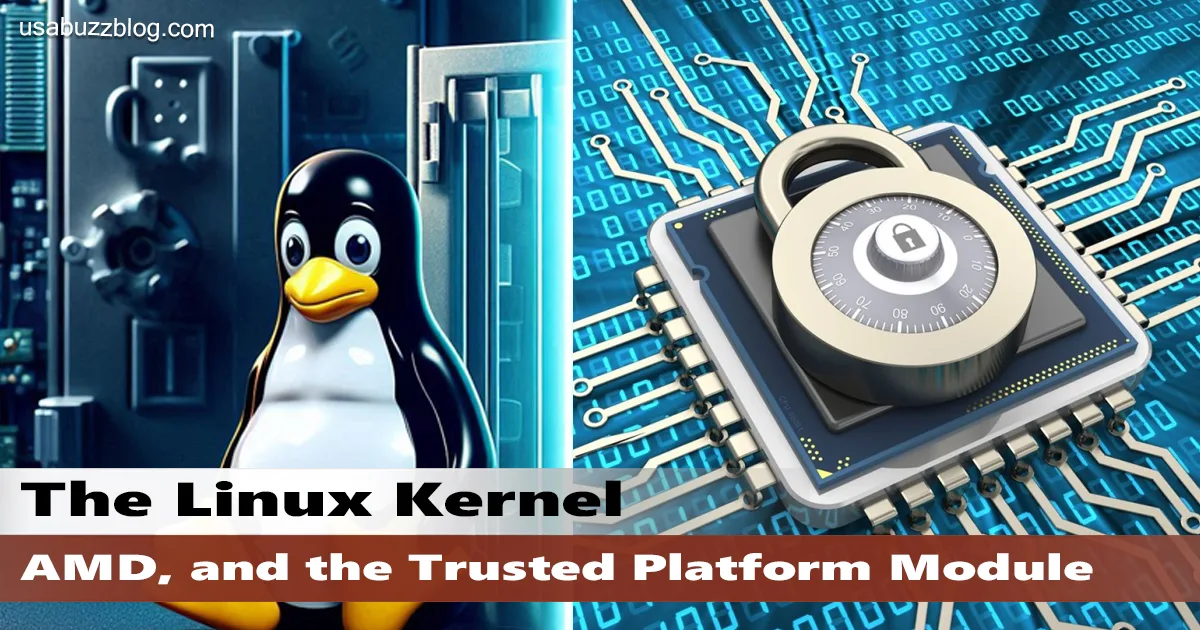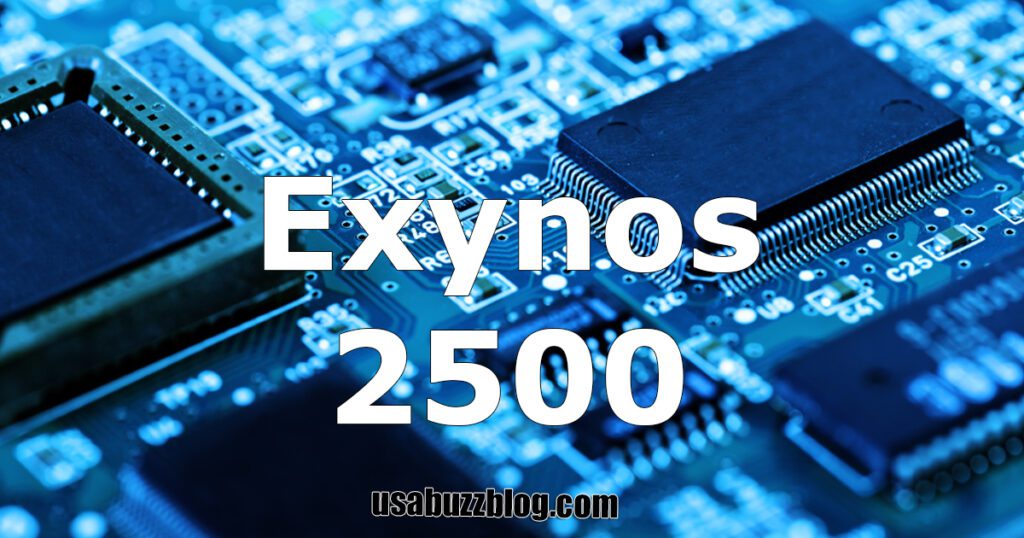
Securing the Fort: An Introduction to Linux Kernel Security
The Linux kernel, the core of the Linux operating system, is renowned for its stability and reliability. However, security is paramount in today’s digital landscape. Linux developers constantly work to improve the kernel’s security features, and advancements in hardware from companies like AMD play a crucial role in this ongoing effort.
This article delves into the world of Linux kernel security, exploring the interplay between the Linux kernel, AMD processors, and a specific hardware security feature: the Trusted Platform Module (TPM).
Building a Secure Foundation: The Linux Kernel’s Security Features
The Linux kernel itself boasts several built-in security features:
- User Permissions: The kernel enforces strict user permissions, ensuring that applications only access resources they’re authorized to use.
- Memory Management: The kernel utilizes memory management techniques to prevent various memory-based attacks.
- Security Modules: The kernel allows for the loading of additional security modules, providing further customization and protection.
These features form the foundation for a secure Linux system. However, hardware advancements offer an additional layer of security through dedicated security co-processors like the Trusted Platform Module.
The Trusted Guardian: Unveiling the Trusted Platform Module (TPM)
The Trusted Platform Module (TPM) is a dedicated hardware security chip integrated into many modern motherboards. It functions as a secure enclave, providing a tamper-proof environment for storing cryptographic keys and performing security-critical operations.
Here’s a breakdown of some key functionalities of the TPM:
- Secure Boot: The TPM can be used to ensure that only authorized operating systems and bootloaders are loaded, preventing unauthorized software from compromising the system at boot time.
- Key Management: The TPM can securely store cryptographic keys used for encryption and decryption, adding an extra layer of protection for sensitive data.
- Platform Integrity Measurement: The TPM can measure the state of the system hardware and software, detecting any unauthorized modifications that might compromise security.
A Powerful Partnership: AMD Processors and TPM Integration
AMD processors are known for their performance and efficiency. However, modern AMD processors also integrate support for the Trusted Platform Module (TPM). This tight integration between hardware and software offers several benefits:
- Enhanced Security: By leveraging the TPM’s capabilities, AMD processors contribute to a more secure boot process, secure key storage, and overall platform integrity.
- Seamless User Experience: AMD processors and the Linux kernel are designed to work together seamlessly with the TPM, providing a secure environment without compromising performance.
- Future-Proofing Security: This collaboration between AMD and the Linux kernel paves the way for future advancements in hardware-based security for Linux systems.
Unveiling the Future: The Road Ahead for Linux Kernel Security
The collaborative effort between the Linux kernel, AMD processors, and the Trusted Platform Module (TPM) represents a significant step forward in securing Linux systems. Here’s a glimpse into the potential future of Linux kernel security:
- Improved User Control: Future advancements might offer users more granular control over TPM functionalities, allowing them to tailor their security settings to their specific needs.
- Integration with Cloud Security: The combination of TPM with cloud-based security solutions could offer even more robust protection for Linux systems deployed in cloud environments.
- Open-Source Security Innovation: The open-source nature of the Linux kernel fosters continuous development and innovation in security features, ensuring that Linux remains a secure platform for years to come.
Frequently Asked Questions (FAQs)
1. Do I need a TPM for secure Linux usage?
While a TPM offers an additional layer of security, it’s not strictly necessary for basic Linux usage. The Linux kernel itself has robust security features built-in. However, if security is a top priority, especially for sensitive data or business-critical systems, a TPM can significantly enhance overall system protection.
2. How do I enable TPM in my Linux system?
Enabling TPM functionality can vary depending on your specific hardware and Linux distribution. Generally, you’ll need to access your BIOS or UEFI settings and activate the TPM module. Following that, your Linux distribution might offer additional configuration options for utilizing the TPM. Consulting your distribution’s documentation is recommended for specific instructions.
3. Are there any security risks associated with TPM?
Like any technology, TPMs are not without potential vulnerabilities. However, the risks are generally low. It’s important to ensure you’re using a reputable motherboard with a properly implemented TPM and keep your system software updated to address any potential TPM-related security issues.
4. What are some alternative security solutions for Linux?
Several software-based security solutions can enhance the security of your Linux system. These include firewalls, intrusion detection systems, and encryption tools. However, a hardware-based solution like TPM offers a layer of security that software alone cannot replicate.
5. Where can I learn more about best practices for Linux security?
The Linux community is a valuable resource for learning about best practices for securing your system. Many online resources, forums, and documentation from your specific Linux distribution offer guidance on hardening your system and implementing additional security measures.
Conclusion: Building a Secure Future with Collaboration
The collaboration between the Linux kernel, AMD processors, and the Trusted Platform Module (TPM) represents a powerful alliance in the ongoing quest for robust Linux security. It’s a testament to the combined efforts of hardware manufacturers, open-source developers, and the Linux community as a whole. While the future of security holds both challenges and opportunities, this collaborative approach positions Linux to remain a secure and reliable platform for users of all levels.
- Falcon 9: The Reusable Rocket Redefining Space Exploration
- Revving Up the Legacy: Ford’s Enduring Presence in NASCAR
- iPhone on AT&T: Your Guide to Network Compatibility and Top Deals
- Melting Majesty: The Thwaites Glacier and Rising Seas
- A Galaxy Far, Far Away Beckons: Total War Blasts Off with Star Wars
- Unleash the Sound: A Comprehensive Guide to Apple HomePod
- Pixel Perfect for Your Pocket? Unveiling the Google Pixel 8a and Its Budget Phone Battle
- A Hundred Heroes Rise: Eiyuden Chronicle: Hundred Heroes Review


Anwar Hussain
As an Architectural and Interior 3D Visualization Expert, I spend my days crafting stunning visuals that showcase the potential of design. But my passion for storytelling extends beyond the screen. At usabuzzblog.com, I leverage my design expertise to provide insightful and engaging content on Technology, Health & Fitness, Travel, News, Architecture, interior design, and the broader creative landscape. Join me as I explore the latest trends, share design tips, and unveil the stories behind the spaces we inhabit.













